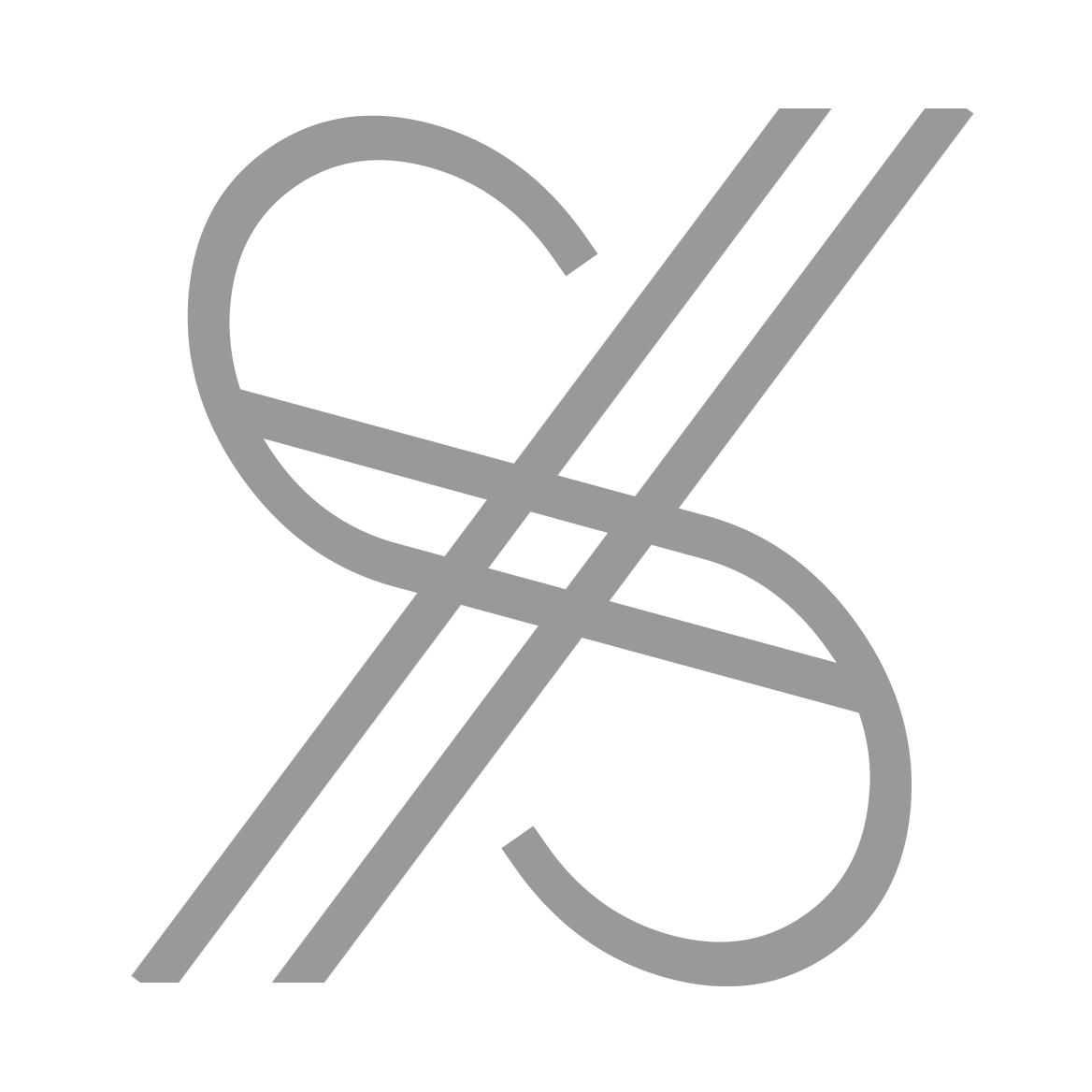Punctum | Part III
This piece was made by hand stitching into original images. The placing of the stitching over the eyes represents the loss of identity in memory over time. The use of original images was to enforce the personal aspect of the piece and to create a heightened reaction to the distortion of the image, due to the knowledge of the age and history of the photographs. The way the images can be so easily destroyed reflects the fragility of life and the use of imagery of the now deceased projects the inevitability of death: similar notions shown in the Dutch and Flemish Vanitas paintings. The use of discarded images was to question what makes an image important and to revive the forgotten. This in turn is a way of reviving the dead through representing there images to the public. This is a comment on the way society has a need to prolong life and keep the dead’s essence alive. The fragile and deteriorated state of the images reflects the state of the deceased body. These photographs are now objects; through placing them in the book Punctum this was an aim to enhance the feel of objectification. This objectification of the images represents the objectification of the body after someone has passed, when it supposedly no longer holds a soul or the essence of the person who lived in it, but is now flesh and meat. Through placing the images in a series and in a family album style of book, this brings forth notions of family connections. The lack of information about links in the images enforces the loss of identity of the people in focus and our lack of knowledge about them. This displays times effects.
------------------------
Book Specifications: Size: 30cmx20cm, Hand made leather cover, Original images used with hand stitching, Title page and inserts: Newsprint paper, Mounts: Filter paper
